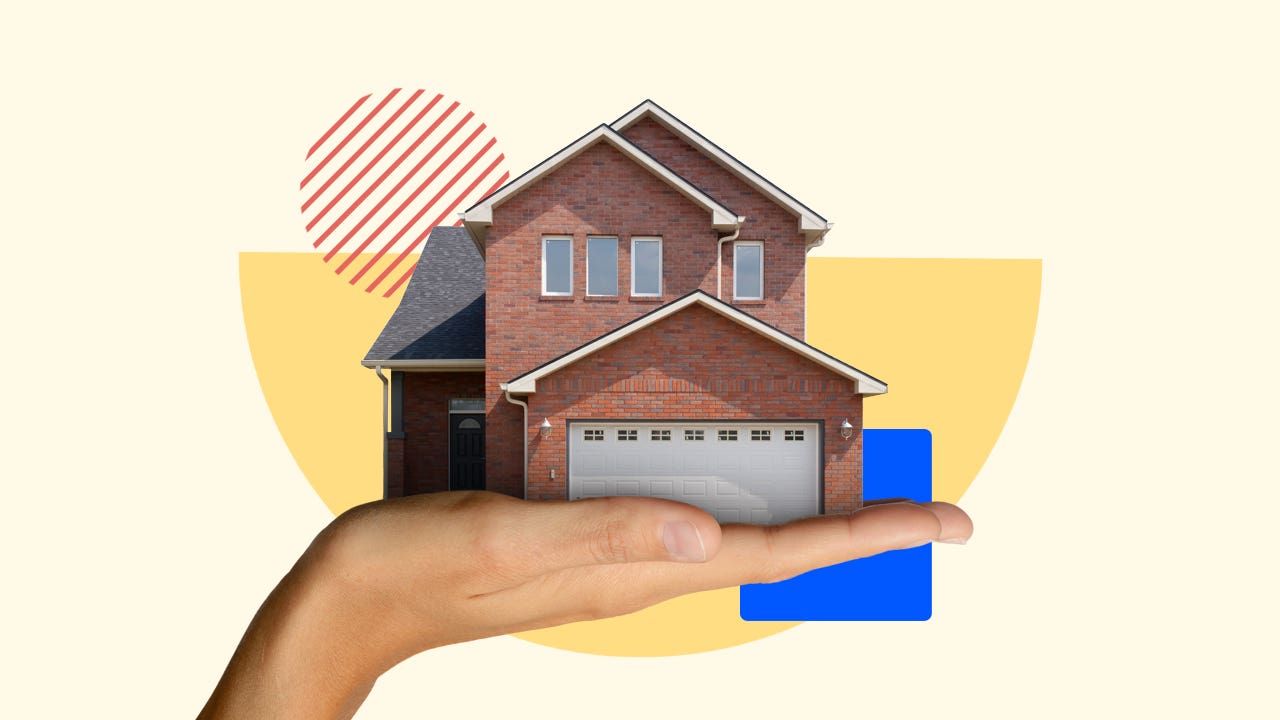In the realm of real estate, the winds of change are blowing, ushering in a period where prospective homebuyers face the challenge of rising mortgage rates amidst a backdrop of fluctuating market dynamics. This week, the Freddie Mac Primary Mortgage Market Survey revealed a subtle yet impactful shift, with mortgage rates inching upwards to 6.82% for 30-year fixed-rate loans and 6.06% for 15-year fixed-rate loans. As we navigate through this landscape, it becomes crucial to comprehend the multifaceted factors influencing these changes and to devise strategies that align with our financial goals.
Rising Rates and Affordability Challenges
Mortgage rates have been steadily climbing over the past year, reaching highs not seen since 2008. This has rendered housing increasingly unaffordable for many Americans. The average 30-year fixed rate is now well over 6%, while the median home price stands at over $400,000 - more than most buyers can afford, even with a sizable down payment.
With rates rising and home values still elevated, the monthly payment on a typical home has jumped considerably in a short time frame, far outpacing income growth for many potential buyers. This toxic combination of high prices and high-interest costs has squeezed many out of the market altogether.

At the same time, sellers are reluctant to lower prices substantially given the investment they have in their homes. For homeowners with sub-5% interest rates, it also makes financial sense to stay put rather than sell and face higher rates on a new mortgage. This imbalance of fewer buyers and fewer sellers has caused ongoing inventory shortage issues.
Unless wages rise significantly or home values drop dramatically, it seems affordability will remain an enormous hurdle. With inflation still high and more rate hikes expected, there is little immediate relief in sight for aspiring homeowners. The prospect of achieving the American dream of homeownership has arguably never been more daunting.
The Stalled Housing Market
The repercussions of elevated mortgage rates and soaring home prices are manifesting in a stagnant housing market. Months have passed with minimal movement, as the dream of homeownership slips further out of reach for many. The combination of these factors has effectively priced out a significant portion of potential buyers, leaving the market in a state of inertia.
Renting vs. Buying: A Shift in Dynamics
Realtor.com's recent finding that renting is now more affordable than buying in every state represents a seismic shift. Historically, renting was seen as a short-term arrangement before acquiring the stability and wealth-building potential of homeownership.
However, skyrocketing mortgage rates have eroded the financial benefits of buying. As rates balloon housing costs, renting has become the comparatively cheaper alternative across diverse housing markets. For the first time, monthly rental payments are lower than equivalent mortgage payments including taxes and insurance on comparable properties.

This paradigm change undermines the time-held notion of the American Dream centered around homeownership. It also carries broader economic implications, depriving households of the primary avenue for intergenerational wealth accumulation. Faced with fewer affordable options to purchase, renters may delay household formation and shun other expenses like education or retirement savings.
Real estate speculation fueled by mortgage interest deductibility also diminishes. Both individual households and the overall economy now experience less velocity of money flow compared to the pre-crisis era of easy credit. Aspiring buyers have to reevaluate their assumptions about the accessibility and value proposition of owning a home given the new cost realities.
Related: Timing The Market: Selling Your Home Now Or Waiting For Summer?
Homeowners' Dilemma: To Sell or Not to Sell
The current high-rate environment poses a significant dilemma for many American homeowners. On the one hand, homeowners who purchased years ago under much lower interest rates are sitting on substantial home equity gains. However, selling into today's hot market would require taking on a new mortgage at today's elevated rates, with the associated increase in monthly payments.
For those who already have fixed rates well under 5%, it can seem much more financially prudent to remain put rather than restart their mortgage. Understandably, many are reluctant to give up historically cheap debt.

Yet this reluctance is contributing to a dearth of inventory on the market. With so few motivated sellers listing their homes for sale, would-be buyers face an uphill battle competing over the limited available properties. This inventory shortage further drives price growth, rendering homes even less affordable and putting upward pressure on rents too.
As rate hikes persist, more homeowners may tip toward selling to avoid heavier debt loads over the long run. But for now, the discrepancy between inflated home values and the high cost of new financing is discouraging turnover. This dynamic locks existing owners in place while shutting out growing numbers of first-time buyers.
Market Projections and Pathways Forward
As inflation shows few signs of abating and further Fed tightening appears likely, housing analysts project mortgage rates will remain elevated in the near term. Most experts do not foresee rates dipping substantially until inflation demonstrates consistent month-over-month declines. However, even a modest come down in prices may not translate to significantly lower borrowing costs, keeping homeownership out of reach for many.
Although housing inventory is trickling up, prices still need to retrench meaningfully before demand can recover in a meaningful way. One potential path is for wages to rise enough to restore lost purchasing power. But this takes time and higher incomes alone may not counter high rates.
Alternatively, an inventory surge coupled with price reductions could attract buyers back by improving relative affordability. However, such a scenario could further dampen seller enthusiasm and pricing power.
Moving forward, policy options to help first-time buyers with down payments or opening up more affordable developments could support the market's health. Yet a full recovery ultimately hinges on inflation taming sustainably. The outlook remains clouded until macroeconomic stability is restored, leaving the housing sector to navigate continued headwinds.
Navigating the Current Climate with Resilience and Strategy
In the face of these challenges, it becomes imperative for prospective homebuyers to adopt a mindset of resilience and strategic foresight. Embracing a proactive approach to financial planning, coupled with a thorough understanding of market dynamics, can empower individuals to navigate the current climate with confidence.
Related: Unlocking The Potential: Barbara Corcoran's Insights On Mortgage Rates And Home Prices
Practical Steps Towards Financial Empowerment

-
Financial Literacy
Educate yourself on the intricacies of mortgage rates, market trends, and their implications for your financial situation. Empowerment begins with knowledge.
-
Budgeting and Planning
Take stock of your financial resources and formulate a realistic budget that accommodates potential fluctuations in mortgage rates and home prices. Planning can help mitigate financial uncertainties.
-
Exploring Alternative Options
Consider alternative pathways to homeownership, such as rent-to-own agreements or exploring housing markets in more affordable regions. Flexibility opens doors to new possibilities.
-
Consultation and Guidance
Seek guidance from financial advisors and real estate professionals who can provide personalized insights tailored to your specific circumstances. Their expertise can offer invaluable guidance in navigating complex financial decisions.
-
Long-term Perspective
Maintain a long-term perspective when evaluating housing options. While current market conditions may pose challenges, they are part of a broader economic cycle. Patience and prudence are key virtues in achieving financial stability.
Related: The Trump Effect: How Your Mortgage Hangs In The Balance
Conclusion
The landscape of mortgage rates and housing market dynamics is undergoing a period of transition, marked by rising rates and shifting affordability paradigms. By arming ourselves with knowledge, resilience, and strategic foresight, we can navigate these challenges with confidence, forging pathways towards financial empowerment and homeownership attainment. As we embark on this journey, let us embrace the spirit of adaptability and perseverance, confident in our ability to navigate the currents of change toward a brighter future.
Source: Mortgage rates rise as demand continues to slide | Fox





